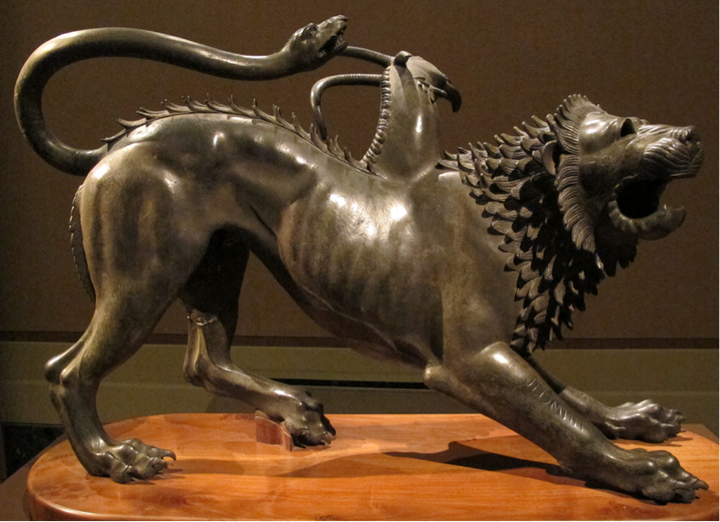
It is not easy to simultaneously explore both the microcosms and macrocosms of our universe. Scientists must battle the dynamic infectious diseases that could risk the state of humanity. Scientists must develop revolutionary technologies to keep pace with our ever-changing world. Scientists must venture into the engulfing blackness that surrounds our Earth to find possible homes for our unique species. In order to do these, scientists must fathom the unfathomable.
With millions of scientific publications and even more currently being constructed, it is difficult to ponder a possible research avenue that has yet to be explored. Researchers most often delve deeper into specific, pre-established fields, resulting in terms like pseudopseudohypoparathyroidism. They have a tendency to add prefixes to a word before developing a new root, but we can’t blame them. It is incredibly difficult to muster the creativity necessary to develop an untouched field of science. But if creativity truly is the key to innovation, scientists must look to the arts for their answers.
In Greek mythology, a chimera is a creature that has a distinct, compartmentalized body structure including a lion head, goat torso, and serpent-like hindquarters. Discussion of this hypothetical beast was anticipated to stay within the literature and mythology until Dr. Irving Weissman took an unprecedented approach.
“Weissman’s groundbreaking discovery was grounded in the arts. By consulting Greek mythology, he was able to charter research in an unprecedented field.”
Weissman, a pathology and developmental biology professor at Stanford University, was inspired by the distinctive structure of the chimera and used it to guide a new avenue of embryological research. He pondered the idea of transplanting human stem cells into other non-human organisms, considering the possible development of a human-like structure in a different species. Weissman narrowed his ideas and eventually injected human neural stem cells into fetal mice brains. The mice integrated the human neurons into their complex network of signaling and, despite the alteration, developed virtually identical to the mice that did not receive the injection.
Although a three-pound human brain was not the result, scientists learned much from Weissman’s research. They have gathered new data regarding the potential stem cells by using these furry test tubes, and this information is now being used to investigate possible treatments for diseases like Lou Gehrig’s and Alzheimer’s.
Despite the advances, a significant aspect of this research is commonly overlooked: Weissman’s groundbreaking discovery was grounded in the arts. By consulting Greek mythology, he was able to charter research in an unprecedented field. He connected these seemingly unrelated fields and, as a result, made major contributions to regenerative biology and comparative physiology. In order for scientists to fathom the unfathomable, as well as create genuine innovation, they must imbue themselves with creativity and employ a more open-minded approach at the lab bench. These scientists must rely on the imaginative aspects of art.